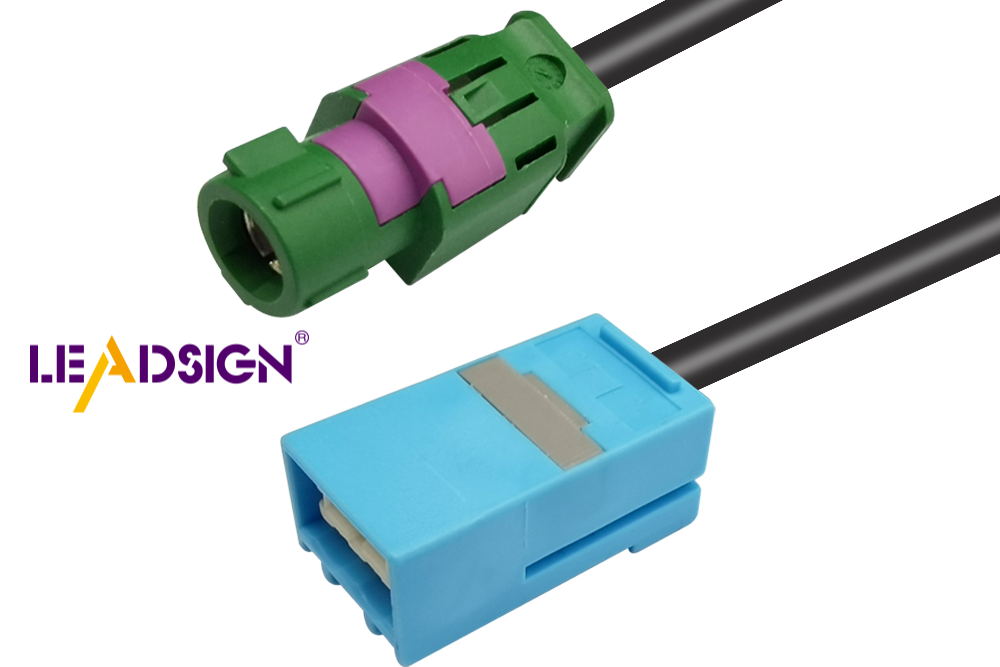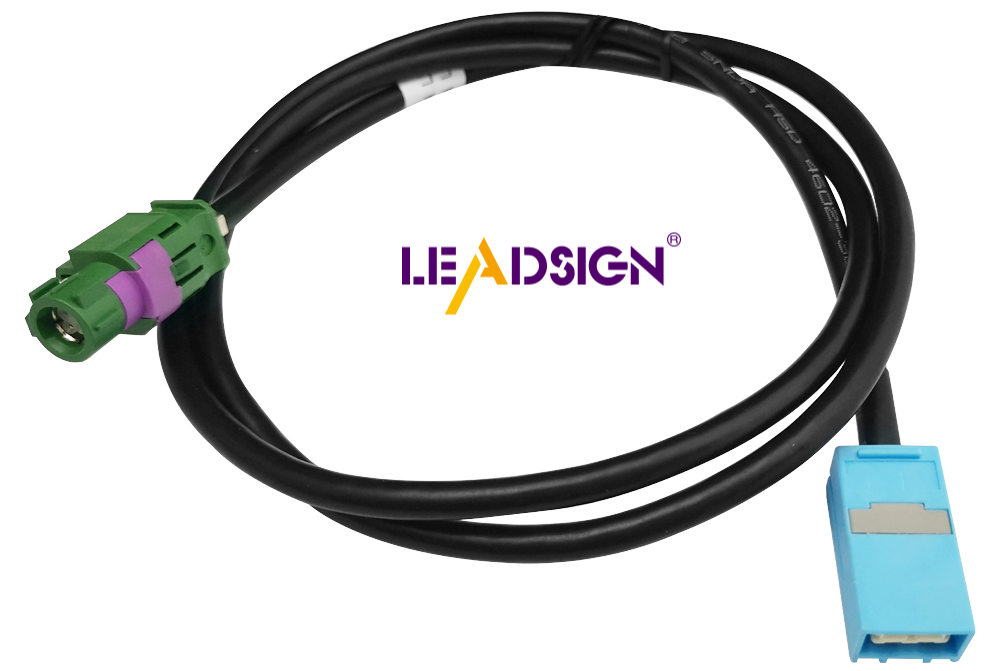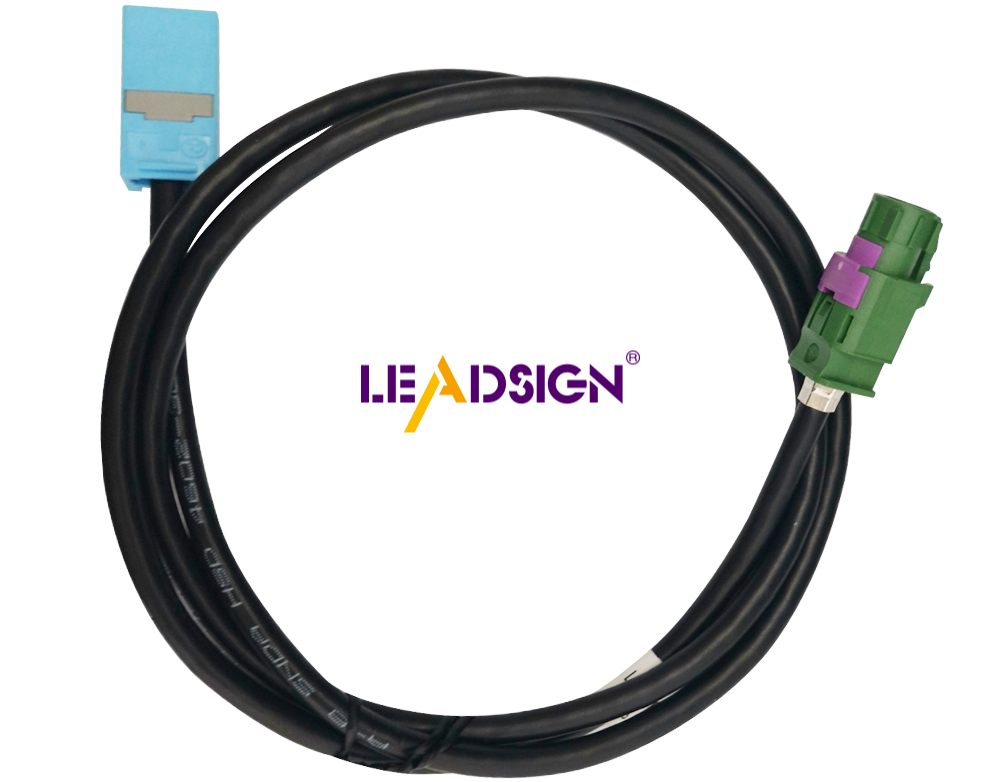Local Insights on Car Audio Cable Choices

Choosing the right car audio speaker cable significantly impacts your music experience. The quality of the cable influences sound clarity and overall system performance. HSD cables enable rapid data transfer, enhancing audio quality. Automobile electrical connectors ensure secure connections, boosting efficiency. Understanding these components helps you make informed decisions for your car audio system.
Types of Car Audio Cables

High-Speed Data (HSD) Cables
Uses in car electronics
HSD cables are important in cars today. They help devices talk fast. Cars use them for screens, cameras, and sensors. Fast data makes these parts work better. HSD cables are important
Benefits and limits
HSD cables have many good points. They connect quickly, improving sound and video. They are strong and last long. But, they might not work with old systems. You might need help to install them.
RCA Cables
Uses in car audio systems
RCA cables are common in car audio. They link things like speakers and amplifiers. These cables send signals well over short spaces. The red and white ends are easy to spot.
Good and bad points
RCA cables have pros and cons. They're cheap and simple to set up. They're good for short audio links but can get interference because they carry unbalanced signals.
Optical Cables
When to use optical cables
Use optical cables for top-quality sound. These send digital signals with light. They're great for CD players or soundbars, giving clear audio.
Benefits and drawbacks
Optical cables have big benefits. They stop electrical noise for pure sound quality but can be fragile and need careful handling. Not all connectors fit them, so their use is limited sometimes.
Technical Aspects of Car Audio Cables
Wire Thickness
How wire thickness affects sound
Wire thickness is important for car audio. Thick wires carry more power and have less resistance. This gives better sound. Thin wires over long spaces lose power, hurting sound quality. Right wire thickness stops damage to amplifiers.
Picking the right thickness for your setup
Choose wire thickness based on power needs. High-power systems need thick wires. Low-power systems can use thin ones. Think about distance between parts. Long distances need thick wires to keep quality.
Cable Length
How length changes signal strength
Cable length changes signal strength in car audio. Long cables have more resistance, which hurts sound quality. Short cables work better and cut down interference, giving clear signals.
Advice for picking cable lengths
Pick cable lengths by measuring car layout carefully. Use the shortest length needed to avoid extra cable. This keeps signals strong and clear.
Material Make-up
Common materials in car audio cables
Car audio cables use different materials like copper, aluminum, or alloys. Copper is best because it conducts well. Insulation can be rubber or PVC.
How materials affect durability and sound
Materials change how long cables last and their sound quality. Copper gives great sound; oxygen-free copper (OFC) is even better. Strong insulation keeps cables safe from wear and tear.
Connector Types and Their Importance

Types of Connectors
Common connector types in car audio
Car audio uses different connectors for good signals. RCA connectors are common and carry unbalanced signals. XLR connectors are used in pro settings and reduce noise. HDMI cables send video and work both ways, great for new setups. Knowing these helps pick the right one.
Choosing connectors for secure connections
Good connections are key for clear sound. Car connectors must fit well to stop signal loss. Spade connectors, banana plugs, and crimp connectors are popular for speaker wires. Each has its own benefits, so check compatibility when choosing.
Installation Considerations
Ensuring compatibility with existing systems
Make sure new parts fit old systems. Check your gear’s specs to match connectors. Some old gear might not work with HDMI or USB. Use adapters if needed to connect them.
Tips for a secure and efficient installation
Plan carefully when installing cables. Measure lengths to avoid extra slack. Use good tools to strip wires tightly. Label each part for easy fixes later on. Check connections often and replace bad ones quickly.
Practical Tips for Matching Specs
Matching Wire Specs with Speaker Power
Knowing power needs
Knowing power needs is key for car audio. Each speaker has a set power range. Look at the speaker's wattage number. This helps pick the right cable. Wrong matches can cause bad sound or harm.
Picking cables based on power
Picking cables needs focus on power. Big-power speakers need thick cables. Thick cables carry more current. Small-power speakers do well with thin cables. Always match cable to speaker's power for best results.
Installation Distances
Figuring out distances for best performance
Figuring out distances gives best performance. Measure from amp to speaker. Shorter cables lower resistance. Less resistance boosts sound quality. Right measurements stop signal loss.
Changing cable picks by setup layout
Changing cable picks depends on setup layout. Think about the car's inside design. Long paths might need thick cables. Thick cables keep sound clear over space. Pick cables that fit layout for top audio.
Picking the best car audio cables improves sound in your car. Think about wire quality, cable type, and what your system needs. Good cables give clear sound without noise. Look at both technical details and practical needs. Know the difference between balanced and unbalanced cables to choose well. Make smart choices for strong, clear sound in your car's audio setup.
See Also
Enhancing Automotive Data Transfer: Cutting-Edge Connectors and Wiring
The Significance of FAKRA Coaxial Wire in Auto Uses
Investigating the Advantages of Fakra Car Connectors
The Benefits of HSD Connectors in Auto Entertainment Setups
Discovering the Benefits of Mini FAKRA Connectors in Recent Cars

